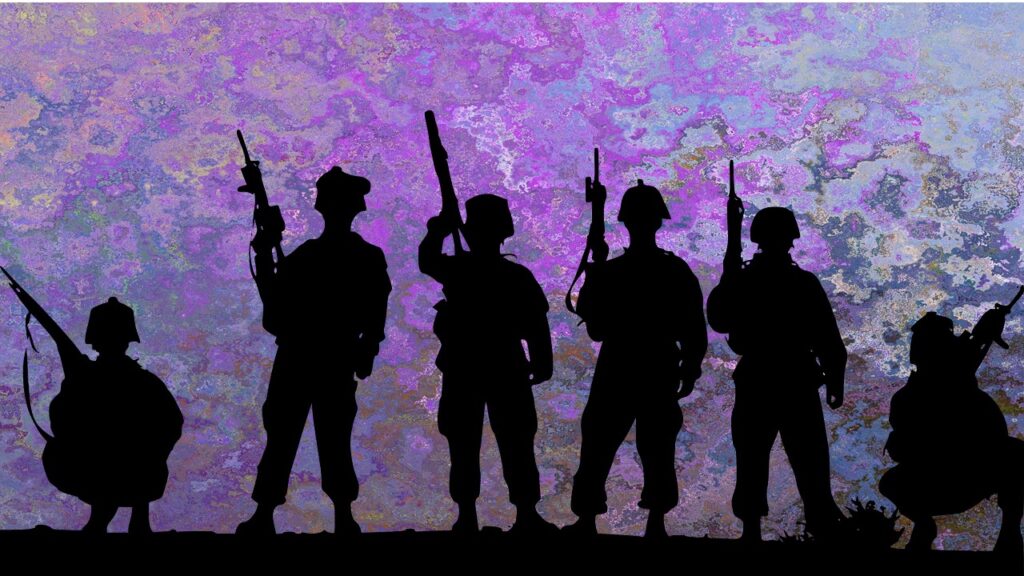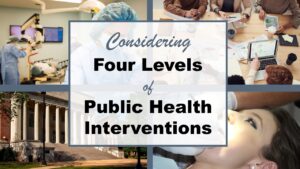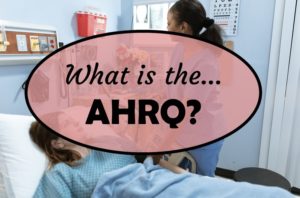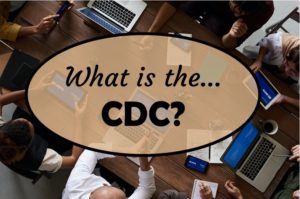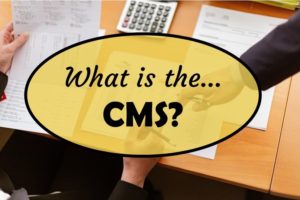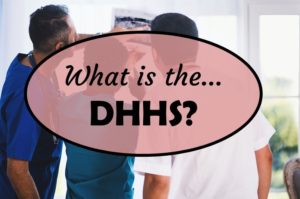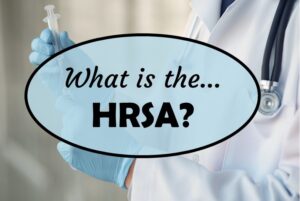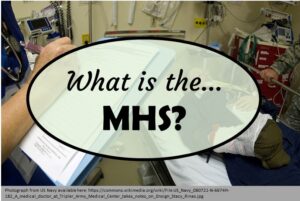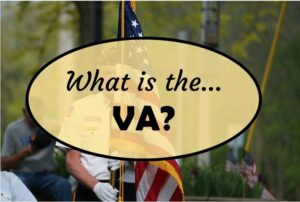“What is the VA?” or Veterans Administration in the United States (US) is a logical question, because although by the name, we can tell it serves veterans, but it is not obvious as to how. “Veterans” in the US are defined as individuals who served in the active duty military at one point, and then left. They did not have to fight in any particular war, they just had to serve in the military
The US military has its own Military Health System (MHS) that serves the active duty military when they are active duty. But when they leave active duty, they have choice for the future of their healthcare. Either they can forfeit governmental healthcare and just obtain healthcare the way a civilian would for the rest of their lives – or else, they can opt to enter the VA system.
What is the VA?
The United States Department of Veterans Affairs (VA) is in charge of ensuring veterans receive their benefits, in reality, most of what it does is ensure that veterans receive healthcare. The VA is a federal agency tasked with ensuring that veterans have access to healthcare in the VA system.
What does the VA do?
The VA has a big challenge, because unlike the rest of US healthcare, it is comprised of a public system of healthcare facilities and providers. Put more directly, the facilities that are part of the VA are governmental buildings supported by taxpayers, and providers who work there are federal employees paid by our taxpayer funding. This is different from Medicare and Medicaid, which are public insurances run by the CMS. CMS public insurances rely on health insurance plans to ensure access to care for their beneficiaries, who use civilian facilities. This is also how the MHS does it through TRICARE.
The VA, on the other hand, has to figure out how to get the money to pay for all these facilities and providers and ensure they deliver all the services to the veterans that are needed. Most veterans you talk to with provide you a mixed response. On one hand, the VA has likely provided them with some needed care they might not have been able to get elsewhere – like help recovering from a bomb blast. But on the other hand, the VA has essentially failed veterans when it comes to mental health treatment, leading to high suicide rates.
My Take on the VA
The VA – like other large government institutions – was intended originally to be a symbol of how the US population felt about our veterans. We felt that if they were willing to risk their lives for our democracy while we sat in front of television sets eating frozen dinners, we should be willing to pay for all of their health needs. This was the original sentiment that built the VA, which was a feeling of gratitude and patriotism.
As time went on, the US military became less White and less male, as did the VA providers. In fact, government workers became less White and less male. There came a point in about 2012 that started an anti-government movement within the US that was led largely by White supremacist views. This movement continues violently today. This essay by the McCain Institute describes the connection pretty well.
This movement has impacted our politicians. Now more taxpayer money than ever is going to buy weapons and pay for defense, and less is going to healthcare and to pay for government workers who are needed to keep things running (especially public healthcare systems).
But the sad part is that even if politics changes, and we get a backlash against the White supremacist movement here in the US, simply refunding the VA will not solve it. The VA is hopelessly broken after years of failed policy and corruption; it needs to be rebuilt from the ground up. There will need to be political will to do that, and I don’t think it will happen until more anti-racist leaders step up. Reducing funding government-sponsored violence and increasing funding government-sponsored healthcare and education is the beginning of the step in the right direction, but structural changes will definitely have to be made. As is pointed out by authors Larence Korb and Kaveh Toofan on the Just Security blog,
“…the Biden administration’s budget does not address the waste and mismanagement in the Department of Defense – including the Pentagon’s 20% excess capacity, and the $25 billion that the Pentagon comptroller admits it wastes each year.”
Twenty-five billion dollars would buy a lot of VA healthcare, and could even be used to fund the reorganization of the VA into a more efficient system. But the White supremacist politicians support their base by being anti-government, so ironically, these politicians are against the military and any sort of organized taxpayer-funded systems. This might sound illogical, but populist movements rarely make any sense. So in terms of “What is the VA?”, until this caucus is voted out of congress, the VA will probably not be reformed, and will remain a substandard option for our retiring servicemembers.
Updated April 7, 2022.
Read all the public health alphabet soup posts, and learn about the public health landscape!
What is the VA – which stands for Veterans Affairs? This United States federal agency is tasked with ensuring veterans receive their benefits – especially health benefits. Unfortunately, as my blog post explains, the VA is facing a myriad of challenges today, including funding problems as well as corruption.


